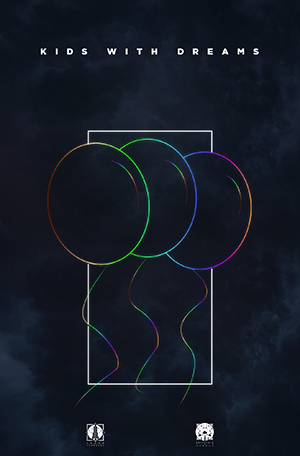
Just in time for New Years Eve.
“Champagne is the undisputed, official libation of the last night of the year. And while it provides a fizzy underscore to our revelry, it also presents a challenge: What bottle do I buy? In the past few years, the variety and quality of options has expanded vastly—a luxury that can’t help but breed confusion. But familiarizing yourself with a few key terms and types will have you navigating the bubbly aisle with ease. To help with that, we got a few tips from champagne expert Rosemary Gray, seller for Grand Cru Selections…”
Hit the jump for the rest of the guide
Learn some French.
Only sparkling wines from the Champagne region of France can be called champagne. Seven grape varietals can be used to make it, but you’re 99 percent likely to come across only three: chardonnay, pinot noir, and pinot meunier.
A champagne made from 100 percent chardonnay is called blanc de blancs—“white from white” grapes; a champagne made from one or both of the pinots is a blanc de noirs—“white from blacks”; and a champagne blending white and red grapes is a cuvée. “A blanc de blancswill taste more minerally, with notes of fresh bread or toast,” says Gray. “A blanc de noirs will taste broader and warmer, with a little more of a red fruit quality, sometimes with more rusticity.” In theory, the flavor of a blend should reflect its ratio of red to white grapes, but the barrel can affect the way a wine tastes almost as much as the grape. Ask about both before making a selection. “A pinot noir that’s been made in a steel barrel is going to have quite a chiseled flavor,” says Gray, “whereas a 100 percent chardonnay champagne that’s been aged in oak will taste broader.”
Finally, rosé styles get their telltale color from the addition of still red wine to the mix or a complicated fermentation technique. “It costs more to make, so it’s more expensive,” Gray adds.
Show your age.
The next big distinction: vintage versus non-vintage. Every house’s entry-level bottles are its non-vintage offerings, and there’s way more to them than their cheaper price tag. For starters, they’re consistent. The big brands, in particular, keep vast reserves of wine from numerous years, so whatever the results of the most recent harvest, they can always create a non-vintage blend that adheres to house style. If you liked the Moët you had two years ago, you’re going to like the Moët on the shelves at your local wine store.
But if you want a wine that will mature well and increase in complexity over time, vintage is the way to go. Make sure you’re buying a good year and that, if you plan on popping it right away, it’s ready. “In terms of recent vintages, it’s looking like the ’02 and ’04 have the potential to be put down for a while, although the ’02’s are already pretty delightful,” says Gray.
Root for the little guy.
Houses like Krug, Moët, and Dom Pérignon dominate the shelves, but they aren’t the only ones out there. Estate or grower champagnes—wines made by the same farmers producing the grapes—have taken on cache lately for their unique flavor profiles and artisan backstory. They’re cheaper, too. Gray likes vintage champagne from The Special Club, a group of 26 small growers who banded together in the ’80s to take on the big houses. Their champagnes, she says, “often surpass vintage Dom.”
Choose your weapon.
Now you have to ask yourself: Why am I buying this bottle? If you want something in the fridge for impromptu celebrations, pick up a non-vintage cuvée; it gives off an “oh, this ol’ thing?” vibe. For a boss or a loved one—someone you want to impress—go with a vintageblanc de blancs, which is generally considered the best type to drink on its own. Dinner party with friends? A rosé conveys that you appreciate the trouble your hosts are going through. (“Champagne is one of the most food friendly wines there is,” says Gray. “It has relatively low alcohol and high acidity, so it pairs well with a wide range of foods, and some of the rosés can even stand up to steak.”) Table at the club? Just get the most expensive stuff they’ll sell you.
As with most special purchases, the best thing to do is find a good local store, make friends, and ask questions. In the run up to Dec. 31, most of your more reputable wine stores host tastings and have staff experts on hand. If there’s a more enjoyable way to educate yourself and research holiday gifts at the same time, we haven’t heard of it.
(Spotted at Park & Bond)
